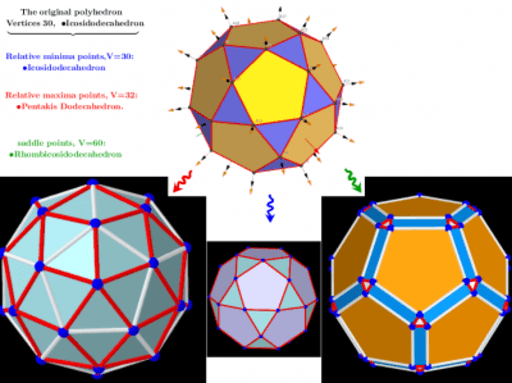

# The second color bar will be placed at the left of the figure. Surf = ax.plot_trisurf(x, y, z, cmap = name_color_map_surface, linewidth = 0.2, alpha = 0.25) # The "alpha" is used to have some transparency in the surface.

# The 3D surface that serves only to connect the points to help visualize Img = ax.scatter(x, y, z, c = c, cmap = name_color_map) Ĭbar = fig.colorbar(img, shrink=0.5, aspect=5) # Default location is at the 'right' of the figure. # For example, we can place the second color bar under or to the left of the figure. # In this case, we will have 2 color bars: one for the surface and another for Plt.title('%s in fcn of %s, %s and %s' % (list_name_variables, list_name_variables, list_name_variables, list_name_variables) ) name_color_map_surface = 'Greens' # Colormap for the 3D surface only.Īx = fig.add_subplot(111, projection='3d') Plt.title('%s in function of %s, %s and %s' % (list_name_variables, list_name_variables, list_name_variables, list_name_variables) ) Īnother solution for the case where we absolutely want to have the original values of the 4th dimension for each point is simply to use the "scatter plot" combined with a 3D surface diagram that will simply link them to help you see the distances between them. # Add titles to the axes and a title in the figure.Īx.set_xlabel(list_name_variables) ax.set_ylabel(list_name_variables) Īx.set_zlabel(list_name_variables) #Add a color bar with a title to explain which variable is represented by the color.Ĭbar = fig.colorbar(surf, shrink=0.5, aspect=5) Ĭbar.ax.get_yaxis().labelpad = 15 cbar.ax.set_ylabel(list_name_variables, rotation = 270) Surf = ax.plot_trisurf(triang, z, cmap = name_color_map, shade=False, linewidth=0.2) Triang = mtri.Triangulation(x, y, triangles) If choice_calcuation_colors = 1: # Mean of the "c" values of the 3 pt of the triangleĬolors = np.mean( ], c], c]], axis = 0) Įlif choice_calcuation_colors = 2: # Mediane of the "c" values of the 3 pt of the triangleĬolors = np.median( ], c], c]], axis = 0) Įlif choice_calcuation_colors = 3: # Max of the "c" values of the 3 pt of the triangleĬolors = np.max( ], c], c]], axis = 0) Triangles = mtri.Triangulation(x, y).triangles # will represent the 3 grouped points and I put some examples. # Therefore, different methods can be used to define the value that # indexes corresponding to the line number of the points to be grouped. # determined by the values of their 4th dimension. # We create triangles that join 3 pt at a time and where their colors will be # We assume here that the "data frame" "df" has already been loaded before. # Example where we have a "Pandas Dataframe" where each line = 1 pt in 4D. Index_x = 0 index_y = 1 index_z = 2 index_c = 3

# The idea is that each line = 1 pt in 4D. # for example where each column is linked to a variable 1 dimension.
#DESMOS 4D SPHERE CODE#
The following code here is mainly based on the answer given to this question.

The main idea is the same than the accepted answer, but we have a 3D graph of the surface that allows to visually better see the distance between the points. Personally I don't really see the spatial relation in the case of the "scatter plot" and so using 3D surface help me to more easily understand the graphic. I know that the question is very old, but I would like to present this alternative where, instead of using the "scatter plot", we have a 3D surface diagram where the colors are based on the 4th dimension.
#DESMOS 4D SPHERE HOW TO#
Ideas how to reuse the given solution with arbitrary data? In practical cases this is not always the case. Linewidth=0, antialiased=False, shade=False)Īs far as I can see, and this applies to all matplotlib-demos, the variables X, Y and Z are nicely prepared. Gx, Gy = np.gradient(Z) # gradients with respect to x and y The solution to the initial problem is: # Python-matplotlib Commands What I would like to know is how to apply the suggested solution to a bunch of data (4 columns), e.g.: 0.1 0 0.1 2.0


 0 kommentar(er)
0 kommentar(er)
